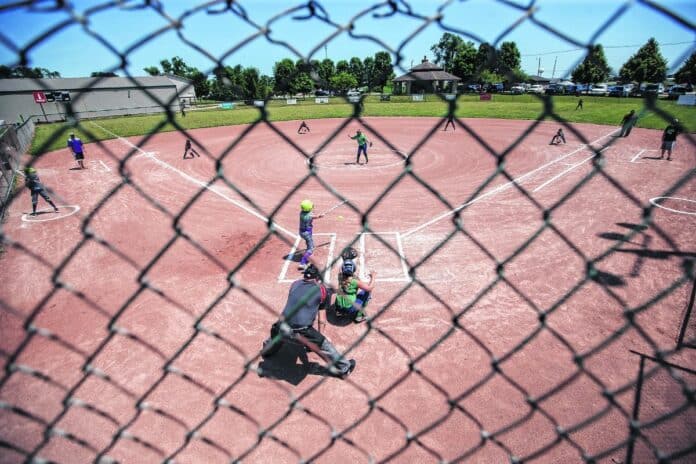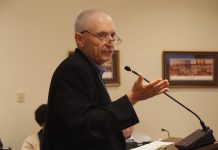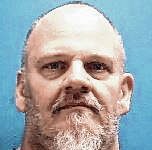
While virtually every business arena has been impacted by COVID-19, the hospitality industry has taken a particularly severe hit. The American Hotel and Lodging Association reported that since mid-February, hotels have lost over $46 billion in room revenue.
Columbus and Bartholomew County are no exception. Smith Travel Research (STR) reported that in August, the local lodging industry saw a 46% decrease in business from where it was at the same time last year.
“Rates have been a challenge,” said Cindy Waddle, who is regional manager for Dora Hotels in Bartholomew County and on the visitors center’s board of directors. “… When there’s less demand, everybody is competing for the same business.”
Corporate travel is a key component to the success of Bartholomew County hotels, said Visitors Center Director of Marketing Erin Hawkins. “And since business travel doesn’t seem to be rebounding as quickly as we had hoped, hotel occupancy has been understandably low this year.”
[sc:text-divider text-divider-title=”Story continues below gallery” ]
Waddle and Hawkins both said that the drop in hotel business would be even sharper if it weren’t for one significant factor — sports tourism.
“Columbus has hosted tournaments each weekend since June 19,” Hawkins said, “and the impact on the local economy is impressive.”
According to the research firm, before the return of youth sports, weekend occupancy in Bartholomew County hotels averaged at 38%. During the first full weekend of play, however, it rose to 87.2%.
“It was huge,” Waddle said. “… They (the traveling teams) were chomping at the bit to get back into some sort of normalcy. And that meant playing tournaments, and that meant staying at hotels. … It was just incredible. I mean, we went literally from very minimal business, weekends prior, to being sold out.”
The research firm reported that for the month of July, which Hawkins called the “peak of youth sports season,” weekend occupancy averaged 78.9%. By comparison, weekday occupancy, which she said is mostly dependent on group and business travel, averaged only 41.3%.
Jim Kreutzjans, executive director of CERAland Park, said that for baseball, the park sees about 45 to 65 teams on average play in tournaments on the weekend, many of the teams coming from surrounding states. This summer was no exception, especially since Indiana’s June date for reopening tournaments was earlier than some of its neighbors.
“I think Ohio and Kentucky and Illinois were all a little bit later, so that gave us the advantage,” he said.
On average, the park has 32 tournaments in the spring and summer, though they lost 12 due to COVID-19, Kreutzjans said. The park has had 15 tournaments so far this year, and Kreutzjans said officials hope to have more before closing in November.
“Looking to 2021, we have all of our weekend slots filled with tournaments,” he said. “… So we’re very optimistic about the future.”
The park’s disc golf course has also attracted some visitors, Kreutzjans said. Waddle said that regular golf also brought in some visitors, and that outdoor activities in general were key in boosting hotel occupancy.
“You could speak to any hotelier, and they would tell you that same thing,” she said. “Sports tourism really kind of saved us this summer. … Columbus is very fortunate to have such great facilities to be able to host these tournaments and these events. And, you know, as a hotelier, I’m really grateful.”
Hotels weren’t the only businesses that received a boost from sports tournaments. According to an economic impact formula developed by Ryan Brewer of IUPUC, sports tourism visitors spent an estimated $6.4 million on shopping, dining and lodging in the Columbus area so far this year.
“When these teams come in, they do look to stay, especially when school is out,” said Kreutzjans. “So they usually try to make it a Friday, Saturday, Sunday adventure for the entire family. So they’re looking to stay, they’re looking for activities to do around the tournaments, be it within CERAland park or the city of Columbus or the county of Bartholomew, they’re always looking for something to do.”
Waddle said that during the start of the school year, tournaments continued, due to some being rescheduled from the spring.
“The only difference with those tournaments was that because school was in session, we started to see a lot of people not booking Friday and Saturday night stays but booking Saturday only,” she said.
As winter begins, the hospitality industry will have to brace for more challenges, Waddle said.
“Once we hit November, unless you have a reason to travel to the Midwest, there’s just not a lot of traveling happening,” she said. “So again, we need to be creative. We need to come up with ways to continue to boost the tourism industry during those months and figure out how we can create packages that will entice people to want to come to Bartholomew County and stay.”
She said that she hopes the transition into Stage Five of Indiana Gov. Eric Holcomb’s reopening plan will make people feel “a little more confident about traveling,” though she thinks that there may not be a big increase in travel until a vaccine is developed.
[sc:pullout-title pullout-title=”To learn more” ][sc:pullout-text-begin]
To learn more about the efforts to market Columbus for tourism, visit https://columbus.in.us/.
[sc:pullout-text-end]




